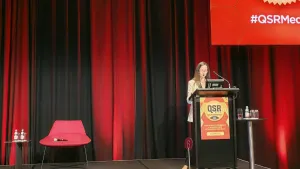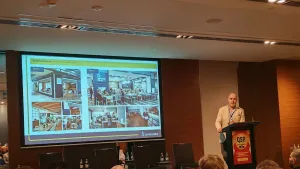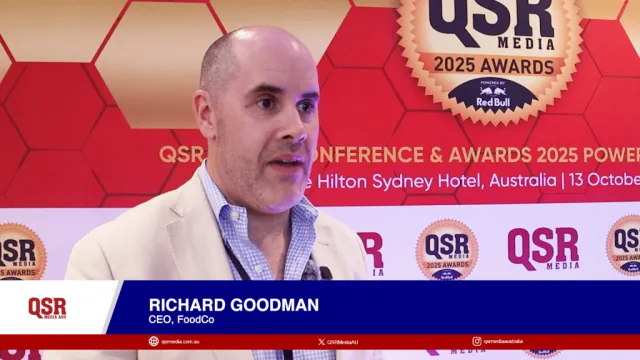Join the community
Thought Leadership Centre
Most Read
1. Menulog exits Australia after 20 years 2. Krispy Kreme gives away free doughnuts for World Kindness Day 3. Pappa Flock taps custom restaurant, crew training to scale 4. Zarraffa’s Coffee expands with new Ayr drive-thru 5. Weekly Global Wrap: Fan frenzy erupts with Starbucks 'Bearista Cup' release; Chick-fil-A trials new chicken sandwiches; KFC partners with viral game for limited-time offers.Resource Center
Awards
Oct
13
Events
Event News
Executive insights
Why Macca’s spends $60m on training annually
1 in 12 Australians often get their first job from the fast-food chain.















Commentary
Why Marginal Fast Food Agreement fails BOO-Test hurdle
Why Marginal Fast Food Agreement fails BOO-Test hurdle
How to wisely franchise QSRs in Australia
Things you must find out about the latest changes in food labelling
What franchise systems must keep in mind in media training
6 ways franchisees can dodge business failures
La Porchetta underpayments expose brand risk
Here's what you need to know about Industry Trade Shows
4 ideas on what's next for nutrition labelling
Check out the latest QSR innovations everyone's buzzing about
Find out how QSR procurement executives can achieve 'The China Price'
A quick guide to finding the best talent in the market
How bagging awards can boost your company
Why there's no excuse for QSRs to ignore nutrition
5 things you shouldn't forget when fitting out a QSR venue
3 things to think about in the Penalty Rates Case
3 PR tactics QSRs must know to stay ahead
What most people forget about the Franchising Code of Conduct